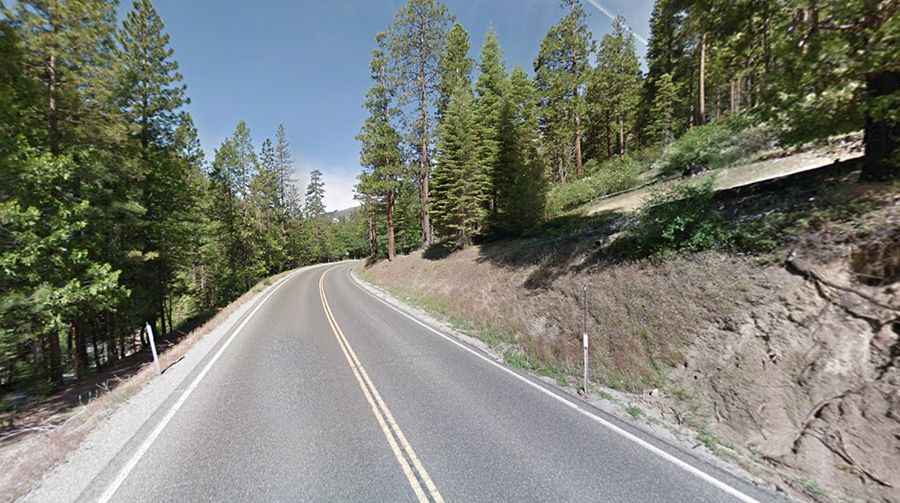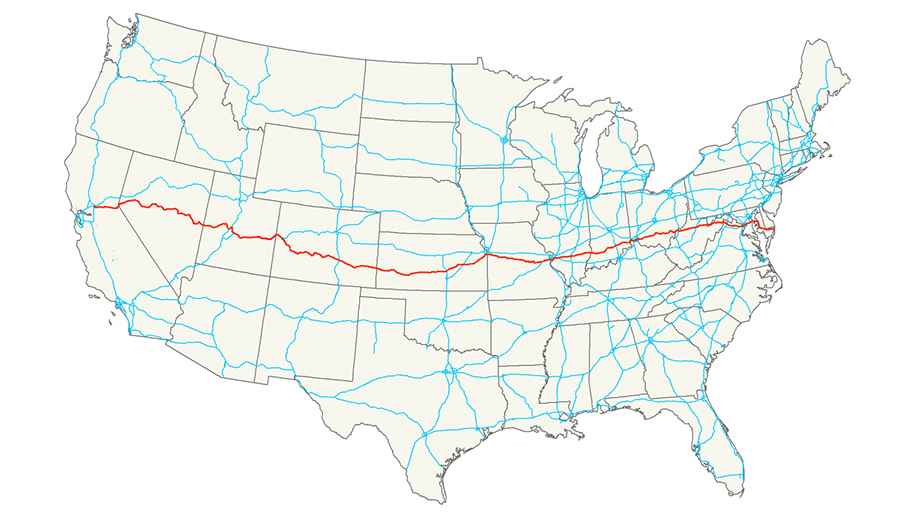US Highway 50 is the Loneliest Highway In America
U.S. Route 50 is the name of a major road in the USA. It runs through mostly rural areas in the western part of the country and includes the section through Nevada known as The Loneliest Road in America.

How long is US Highway 50?
The road is totally paved. It’s 3,000 miles (4,800 km) long. The road was created in 1926. US Highway 50 wasn’t built overnight. The history of US Highway 50 starts almost two hundred years ago. There were no established trails other than pathways left by the Native Americans.
Where does US Highway 50 start and end?
The road runs east-west from Ocean City (in Maryland on the Atlantic Ocean) to West Sacramento (in California, on the Pacific Ocean) through mostly rural desert and mountains. It passes through a dozen different states (California, Nevada, Utah, Colorado, Kansas, Missouri, Illinois, Indiana, Ohio, West Virginia, Virginia, and Maryland) as well as the District of Columbia) and four state capitals, as well as the nation’s capital, Washington, D.C. Running coast-to-coast through the heart of America on a 3,000-mile odyssey from sea to shining sea, US-50 From the Atlantic to the Pacific, is how one often describes the coast to coast trip across the United States.
Why is Highway 50 called The Loneliest Road in America?
The section across Nevada is known as “The Loneliest Road in America”, with few or no signs of civilization along many parts. In Nevada, US 50 crosses several mountain ranges using 17 passes and one tunnel. The road tops out at Connors Pass, at an elevation of 7,729 feet (2.356m) above the sea level. There is a stunning absence of people across hundreds of miles of sandy, rocky terrain. The Nevada portion of the route, evokes the feeling of loneliness. You find miles and miles of little more than mountains, sand, hundreds of timeworn small towns, and blue sky. US-50 crosses more than 400 miles of Nevada’s countryside, climbing up mountain ranges while passing through four mining towns and the capital, Carson City. You can still find some old gas stations, motor courts and diners hidden between newer buildings and businesses – a glimpse to another time in America’s past. It runs through mostly rural areas in the western part of the United States.
